70 years of the Badminton Horse Trials: From the pig-sticking champions to the miracle champion who took four decades to win
The world's most famous horse trials is seventy years old this year. Kate Green looks at some of the most remarkable moments in its history.

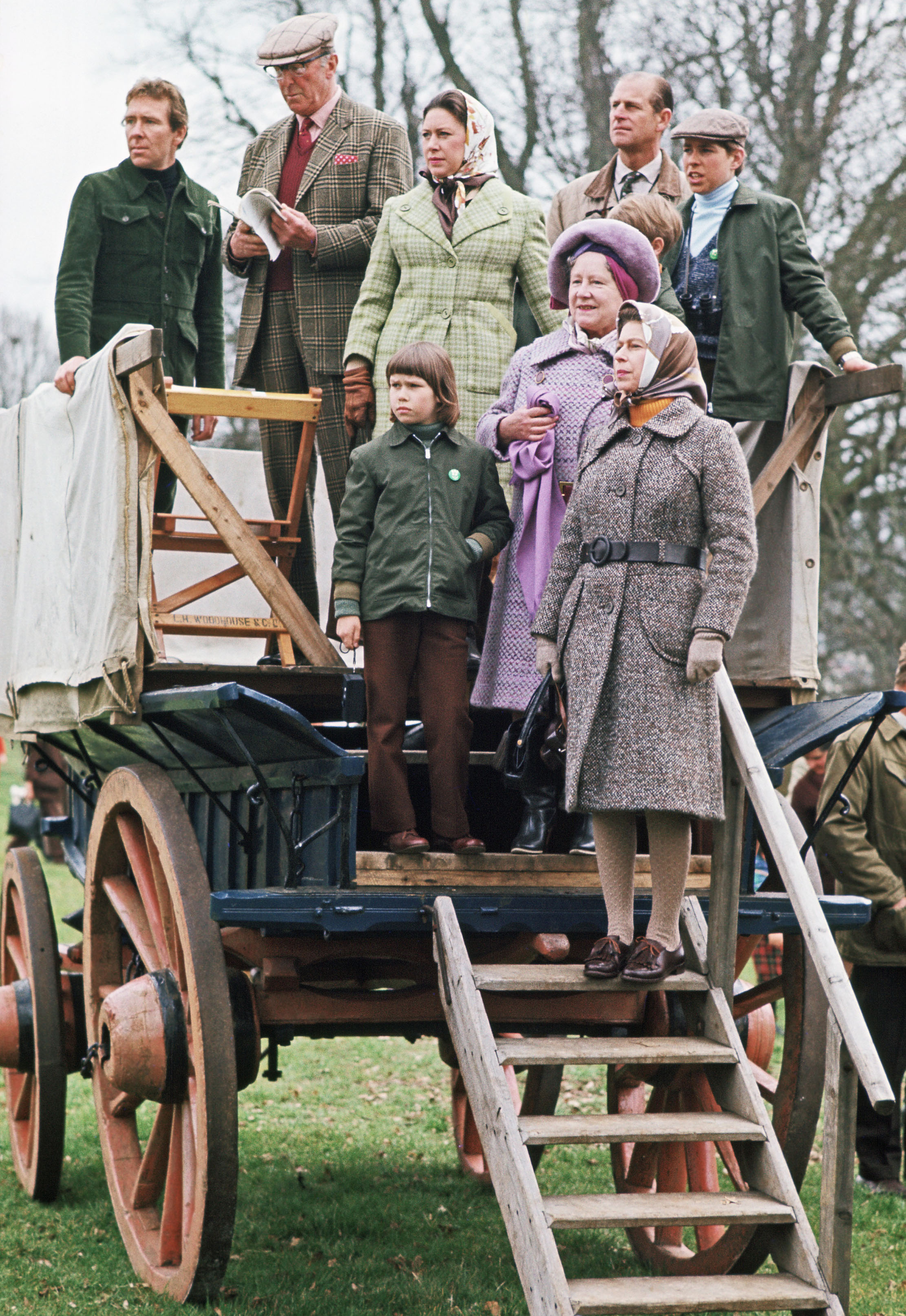
1949: The ‘most important event’
Posters went up around Gloucestershire proclaiming ‘The Most Important HORSE EVENT in Great Britain’. As it was to be held at Badminton House, there was some public confusion over the shuttlecock game (which was invented there), but about 6,000 people turned up to see riders performing the three linked phases of ‘circus tricks’ (dressage), a fearsome cross-country course, which had been planned on the top of director Trevor Horn’s grand piano at Luckington House, and the more familiar showjumping.
Several riders withdrew when they saw the cross-country (a few still do), but riding instructor John Shedden and Golden Willow, a high-quality Thoroughbred that would be a recognisable stamp today, flew around, leaping the Irish bank in one, to take the £150 first prize. The rest of the field of 22 were mainly cavalry officers, including Brig Scott-Coburn, a three-time pig-sticking champion in India.
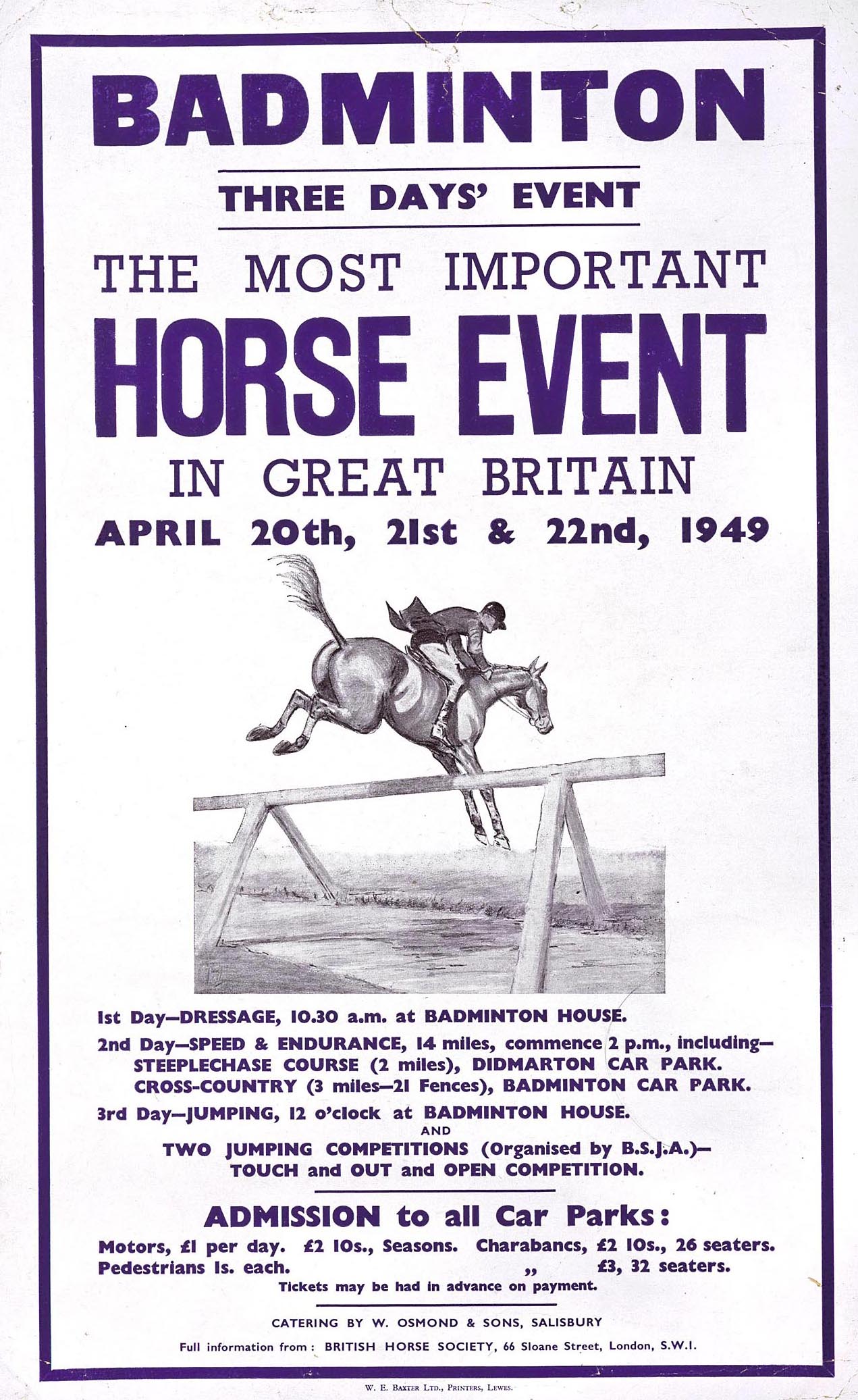
1952 Royal attendance
The Queen paid the first of many trips to Badminton to stay with the 10th Duke of Beaufort (‘Master’). The royal party would picnic among the crowds or watch from a hay wagon, attend the Sunday-morning service at Badminton church and go for a hack. The winner that year was Captain Mark Darley, whose 18th-century ancestor owned the foundation Thoroughbred sire The Darley Arabian.
1959 Home hero
The present Duke remembers, as a small boy, watching in tense excitement on the last day because his father, David Somerset, had ridden a fast cross-country round on Countryman III and was in the lead. However, they hit a showjumping rail and dropped behind Sheila Willcox, the most famous rider of her era.
The late Duke, an art dealer, was modest about being an amateur in comparison with Willcox, who certainly left no stone unturned, including once taking a shortcut across country through a car park.
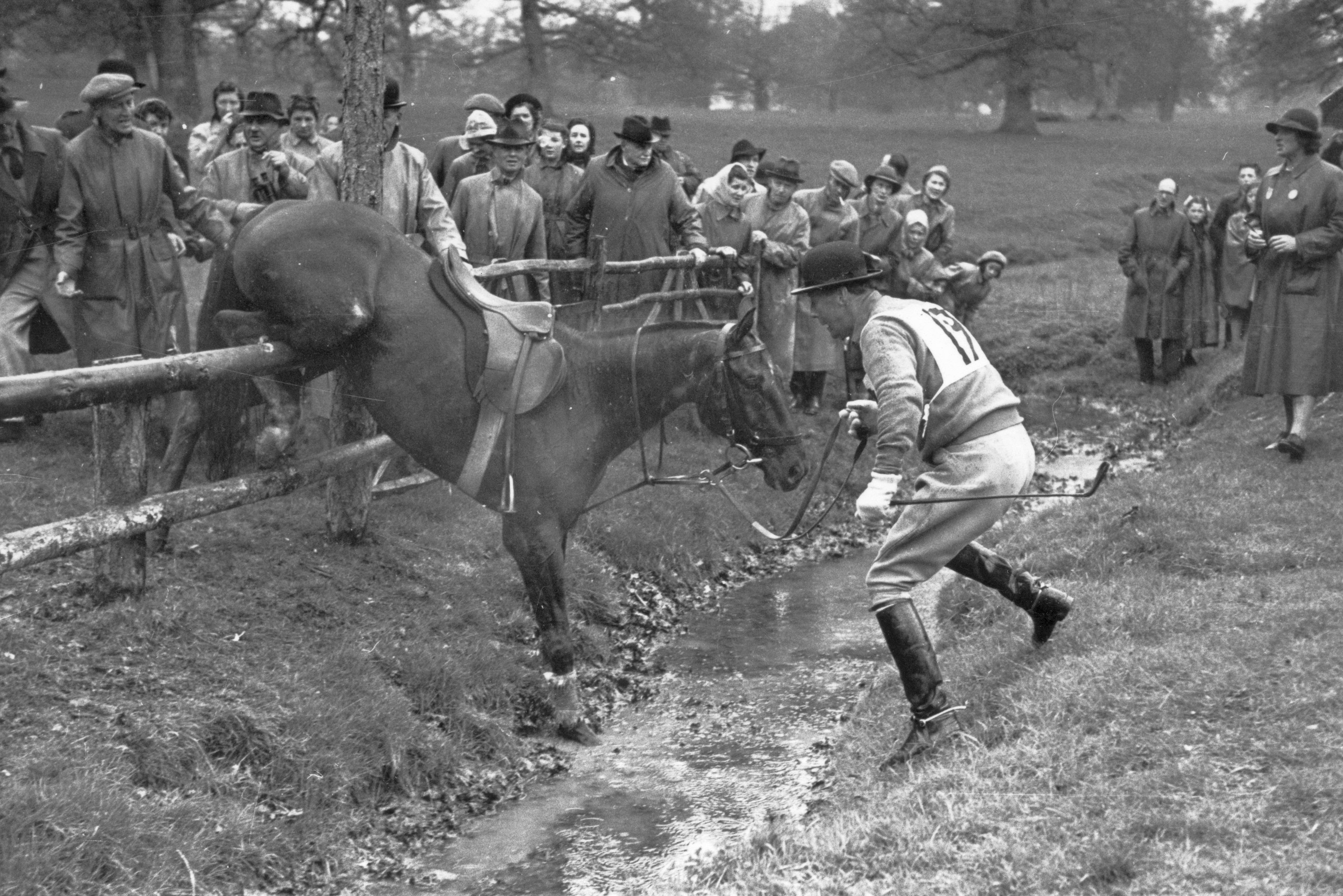
1960: Arrival of the Aussies
Master’s idea of Badminton as preparation for the Olympics — as it still is — gained credence with the arrival, after five weeks at sea when the horses were exercised on deck, of a group of tough Australian horsemen who went on to win the gold medal in Rome. Dairy farmer Bill Roycroft won Badminton on the 15hh polo pony Our Solo, saying that there were ‘fences out there that you could fall into and never be seen again’.
In 1961, his compatriot, Laurie Morgan, achieved a remarkable treble, winning the Cheltenham and Aintree Foxhunters and Badminton, despite learning the wrong dressage test. Antipodean riders have won six of the past nine Badminton runnings.
Exquisite houses, the beauty of Nature, and how to get the most from your life, straight to your inbox.
1964: Hale and hearty
Until 2006, when the format changed, horse and rider had to prove their fitness by completing some 12 miles of roads and tracks before cross-country. The winner, Capt James Templar, a former army skiing champion, decided to preserve his horse M’Lord Connelly’s energy by running the whole way in his riding boots.
1968: The galloping nurse
Eventers with ‘real’ jobs are rare, but nurse Jane Bullen (now Holderness-Roddam) managed to find a sympathetic matron at the Middlesex Hospital and got her shift changed so she could compete. A nervous Jane was spurred on by her older brother, Mike, who suggested, in superior tones, that she had no hope of being fast enough on Our Nobby, an unassuming family pony that would now be an unlikely winning steed. They sensibly trotted through an obstacle that had wiped out 14 of the first 15 horses and won.
1970: Hue and cry
Lorna Sutherland (now Clarke) emulated Bill Roycroft’s feat of competing on three horses, which meant that she jumped 132 fences all together and covered 48 miles. The winner was Richard Meade, whose horse, The Poacher, owned by Eton housemaster Martin Whiteley, could be recalcitrant, so he asked friends judging the second fence to holloa loudly, at which the horse thought he must be out hunting and flew.
1973: Over or under
About 20 riders came to grief at a ‘coffin’ fence — a statistic that would nowadays earn a course designer bitter criticism — but 19-year-old Lucinda Prior-Palmer scrambled through on Be Fair to score the first of her record six victories. As she drove home in her converted ice-cream van, she had the surreal experience of hearing herself be an item on the Six O’ Clock News, as was then traditional.
Rachel Bayliss and Gurgle the Greek made unintentional history when they slid under, rather than over, the Stockholm Fence, a tree trunk over a ditch, but they’d gone between the flags so weren’t penalised.
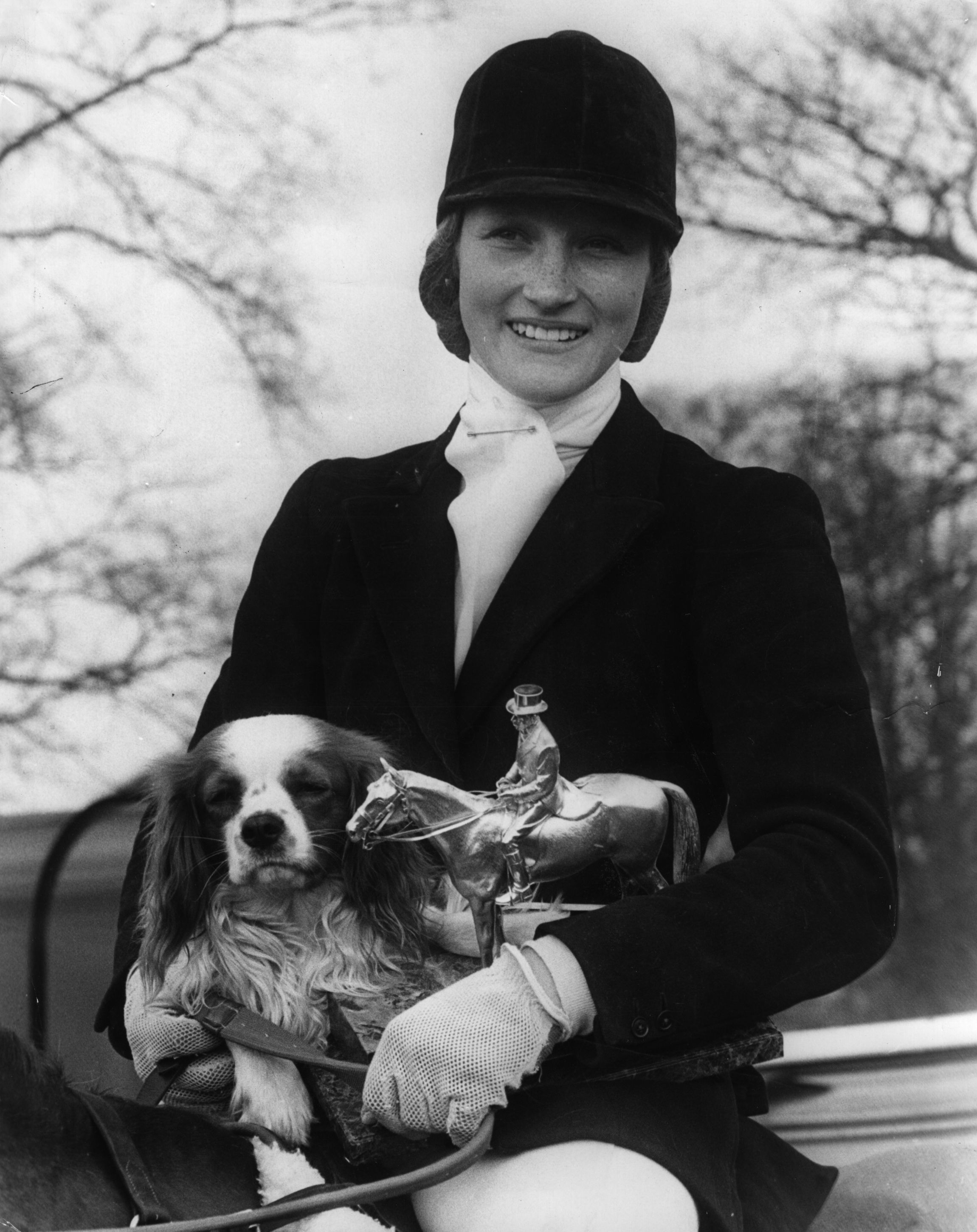
1974: A royal win
Rarely do both parts of a married couple do well at Badminton in the same year. A newly married Captain Mark Phillips won on his mother-in-law’s Columbus; the strapping grey horse had proved too strong for Princess Anne, who unfortunately fell off Doublet on the steeplechase.
In a minor, but amusing incident, the BBC miked-up competitor John Kersley. As it was live coverage, the producers weren’t able to bleep out his curses when he had a refusal at the Quarry.
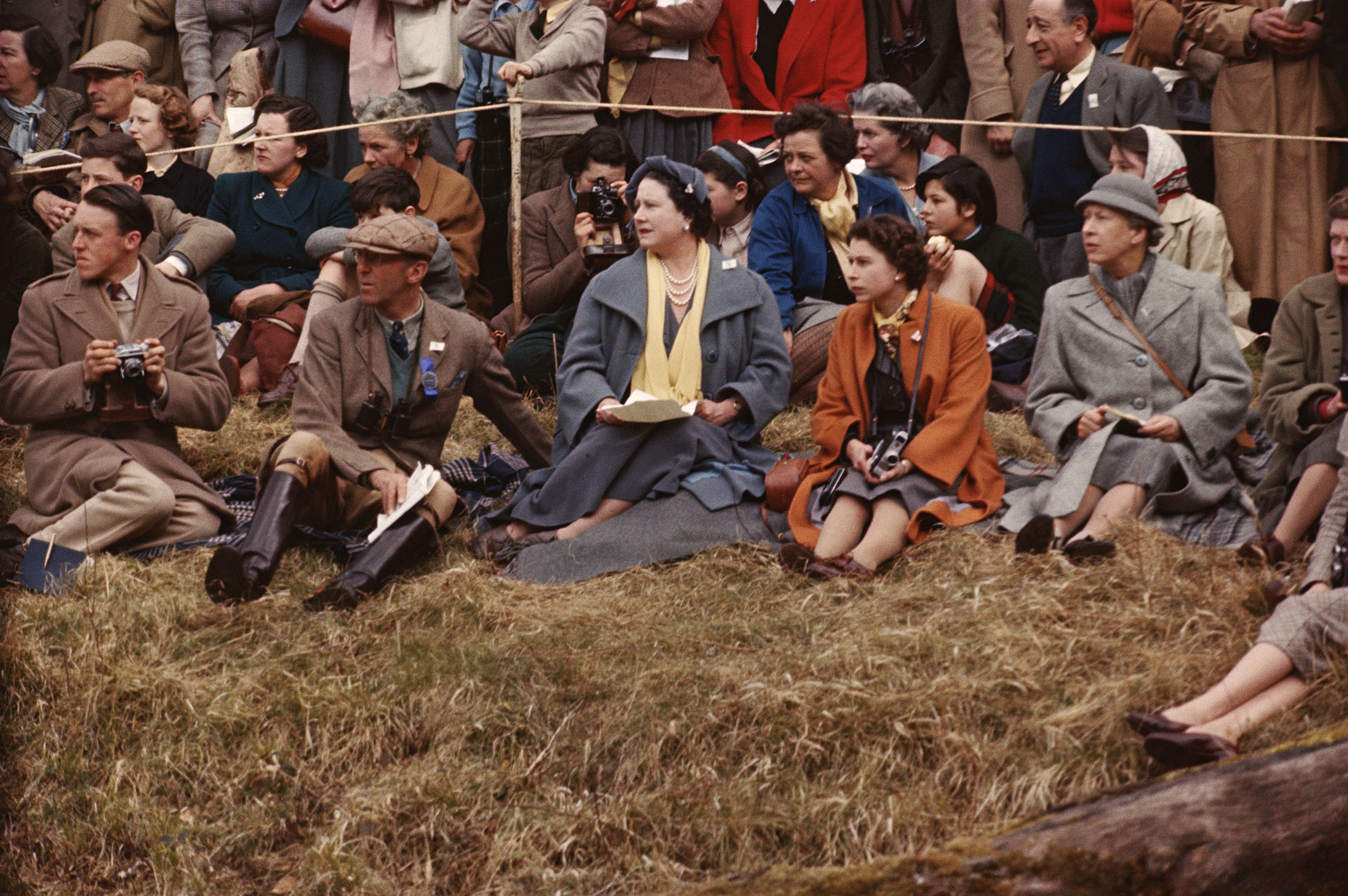
1980: The new order
New Zealand dairy farmer Sir Mark Todd’s ambition to ride at Badminton was fired, as a boy, by a picture in a book of a horse and rider leaping into the Quarry. His victory, at his first attempt, so startled the establishment that a newspaper cartoon depicted The Duke of Edinburgh saying ‘Mark who?’ and another showed a New Zealand housewife telling her farmer husband: ‘Tea won’t be ready until you’ve done another hour’s dressage.’
Mark’s mentor, Sally O’Connor, decided not to tell him that the cross-country was causing mayhem. Ernie Fenwick, a York-shire chicken farmer, was given a yellow card for continuing after five falls (nowadays, only one fall means elimination). ‘I plead concussion,’ he told the steward in defence.
1988: A Scottish double
Ian Stark gave up being a civil-service clerk to go eventing and rapidly rose to prominence. He was in first and second place after the cross-country, but was so busy giving interviews that he failed to walk the show-jumping course and had to rely on a description from trainer Dick Stillwell. ‘Typical Stark,’ said the then BBC commentator Hugh Thomas, but Ian’s famous one-two remains a Badminton record.
His two horses were both bred in his home territory of the Scottish Borders: Sir Wattie by Jean Maxwell-Scott, who was a descendant of Sir Walter Scott, and Glenburnie by Bunny Maitland-Carew at Thirlestane Castle.
The other big drama was when Ginny Holgate’s (now Elliot) notoriously strong Murphy Himself launched into space from the top of the Ski Jump, a fence that no longer features. She fell off and broke her ankle, but still finished third on her other horse, Master Craftsman. Her family were so unnerved that they insisted she gave up Murphy, after which the powerful grey formed a famously flamboyant partnership with Ian.
1990: The form upset
Julian Seaman, Horse & Hound’s form-guide writer, was forced to write a grovelling congratulatory letter after saying of Nicola McIrvine and Middle Road: ‘It’s a strong field here, so they will be lucky to make an impression at the top.’ Sadly, it seems the photography corps read his words and earmarked Nicky’s cross-country round for a loo break; there are hardly any visual records of what turned out to be the victory round.
Kiwi rider Vaughn Jefferis (who was to become world champion four years later) made his Badminton debut and, perhaps unaware of the formalities in the Northern Hemisphere, was eliminated for galloping around with his chinstrap undone.
1992: Reign of the King
This was Mitsubishi Motors’ first year of sponsorship and a new trophy was sculpted by Judy Boyt, using Mary Thomson’s (now King) striking bay horse King William as a model. As luck would have it, the pair became its first holders, but the euphoria of the win so frightened the horse that he became a notoriously unreliable showjumper. The problem got so acute that a concerned member of the public suggested Mary try witchcraft.
1993: Houdini act
Ginny Holgate’s third Badminton victory came on Welton Houdini, a horse whose confidence she restored after a bad fall in 1992 by taking him hunting. The success cost her a case of Champagne — she had promised to give one to event director Hugh Thomas if she won.
1994: Injury time
When Lynne Bevan broke her collarbone the weekend before Badminton, there was only one rider she trusted to ride her beloved old horse, Horton Point: Mark Todd. Unfortunately, she missed watching their victory round because she was in the Red Cross tent, having choked on a painkiller.
2000: Girl power
Alice Plunkett, better known as an ITV racing presenter and the wife of dual Badminton winner William Fox-Pitt, achieved a niche record as the first woman to complete both the Badminton and the Aintree courses (in the Foxhunters). It’s an elite club: she joins Laurie Morgan in the 1960s, Chris Collins (1970s) and Julian Seaman in the 1980s.
2011: The master returns
Some of the best Badminton stories concern Mark Todd, which is why he features again, 31 years after his debut. Having ‘retired’ to New Zealand in 2000, some loose talk at a dinner party in 2007 led to a crack at qualifying for the 2008 Olympics.
Not only did he succeed, but he won a fourth Badminton title in 2011, aged 55, earned a mention in the New Zealand Parliament and was later awarded a knighthood. As Simon Barnes wrote in The Times, ‘he has demolished every accepted truth of his sport’.
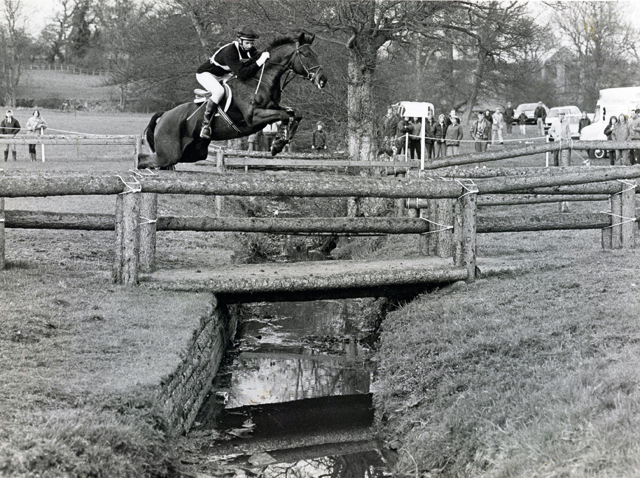
2017: The fairy tale
More accepted truths were destroyed in 2017. Mark’s groom in 1980 was a teenage Andrew Nicholson, who assumed, after watching his countryman’s seemingly facile victory, that it must be easy. No wonder he described it as ‘amazing’ when he finally triumphed, after nearly 40 attempts and a broken neck that had almost paralysed him 18 months earlier.
‘Definitely worth the wait,’ he smiled, as his peers, clustering to slap him on the back, erupted into spontaneous cheers. His prize? A cheque for £100,000, more than 600 times John Shedden’s seven decades earlier.
The 2019 Mitsubishi Motors Badminton Horse Trials in Gloucestershire runs from May 2–5, with dressage on Thursday and Friday, cross-country on Saturday and show jumping on Sunday. Gate admission from £18, plus £14 car parking (cash only) — www.badminton-horse.co.uk
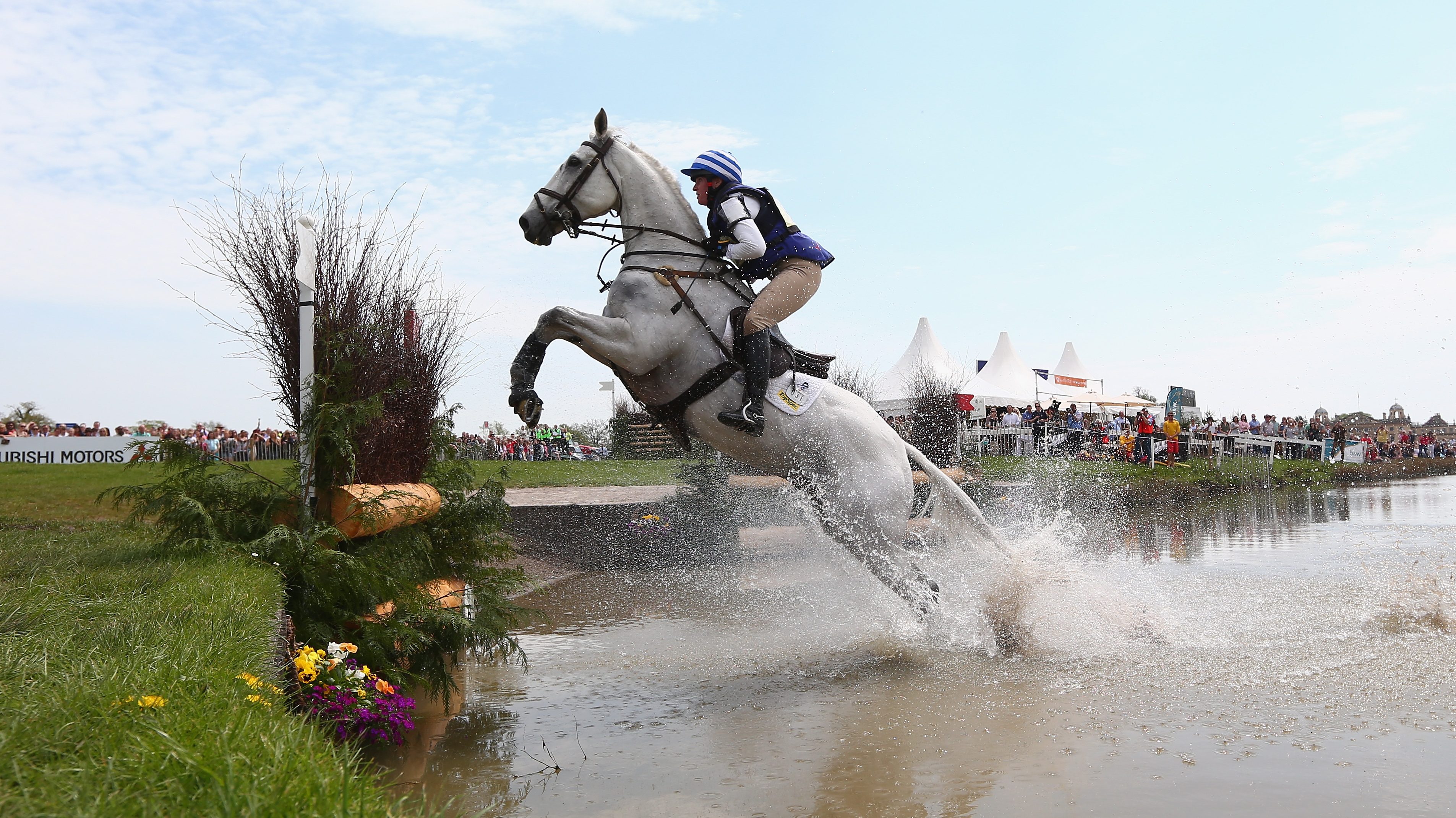
Badminton 2019: The six best riders to follow, six best fences to watch and six best shopping stalls to visit
Badminton is one of the undisputed highlights of the year for anyone who loves horses – Kate Green shares her
Kate is the author of 10 books and has worked as an equestrian reporter at four Olympic Games. She has returned to the area of her birth, west Somerset, to be near her favourite place, Exmoor. She lives with her Jack Russell terrier Checkers.
